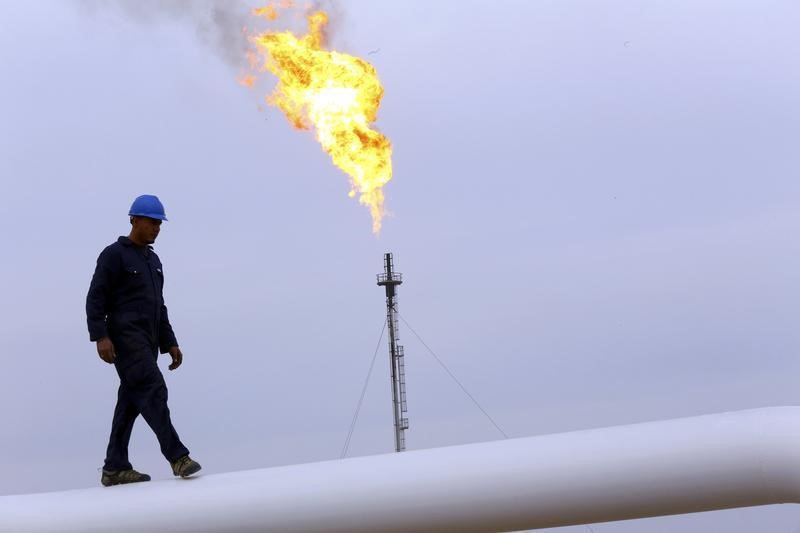Investing.com — Saudi Arabia and other oil producers can talk all they want about the so-called “demand” for oil. But the market isn’t buying it, sending global crude benchmark below $80 a barrel — the first time since July.
Crude prices settled at four-month lows after tumbling hard for a second day in a row. The selloff came as assurances by OPEC+ that all was well on the oil consumption front failed to calm a skittish market reacting partly to weak economic data out of top oil importer China, the loss of any war premium risk from the Israel-Hamas conflict and a stronger — the currency that oil trades on.
But more than all that on Wednesday was the absence of weekly US inventory numbers from the Energy Information Administration, or EIA, due to a reworking of its data gathering methodology. That raised questions on how well demand could have fared for the week ended Nov 3, especially after the American Petroleum Institute, or API, suggested in its own data that US crude inventories surged almost 12 million barrels last week, versus trade expectations for a draw of 300,000 barrels.
New York-traded , or WTI, crude for December delivery, settled at $75.33 per barrel, down $2.04, or 2.6% on the day, adding to Tuesday’s 4.3% drop. It was WTI’s lowest settlement since July 11.
The US crude benchmark has fallen nearly 7% since the start of November, adding to October’s torrid 11% loss.
UK-origin crude’s most-active January contract settled at $79.54, down $2.07, or 2.5%. Brent’s session low was $79.22, its first below the $80 mark since July 20.
For Brent, this month’s drop of about 6% comes on top of October’s 11% plunge.
Focus clearly shifting to “weak demand”
“Trade data from China on Tuesday further soured the mood and contributed to yesterday’s sharp falls,” said Craig Erlam, analyst at online trading platform OANDA. “The focus is clearly shifting from undersupply to weak demand and central banks insisting that rates must remain high could further exacerbate that.”
“And frequent reminders that Saudi Arabia and Russia will maintain cuts until the end of the year aren’t doing anything to offset this as it was never assumed they would change their minds. Especially now prices are falling.”
Data released on Tuesday showed that China’s shrank more than expected in October, while the country’s was at its worst level in 17 months.
unexpectedly grew during the month, highlighting some improvement in local demand as Beijing rolled out more stimulus measures, but the prolonged weakness in exports could stymie growth in the country and dent oil demand.
(Peter Nurse and Ambar Warrick contributed to this article)
Read the full article here




